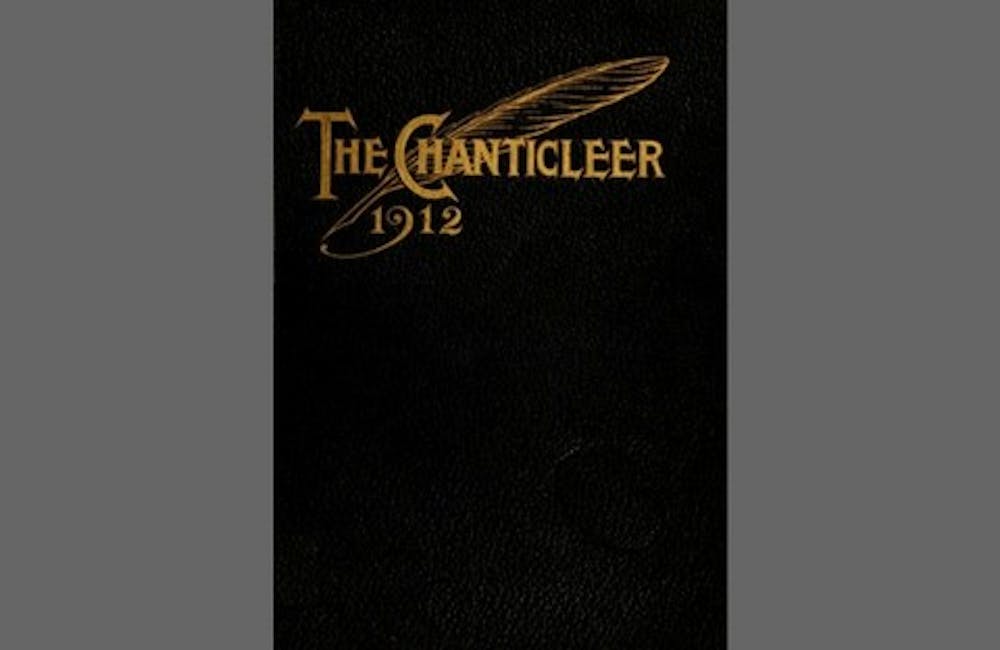Although the annual yearbook is expected to allow Duke students to relive their favorite memories of sporting events, theatrical productions and other staples of this school year's undergraduate experience, one part of "The Chanticleer" raises more questions than answers.
Why is a word defined as a rooster the name of Duke's yearbook?
The Duke yearbook entitled either "The Chanticleer" or just "Chanticleer" has been published almost every year since it's inaugural issue in 1912. An exception came in 1918 when several students left Duke for military service and a yearbook was not published. In 1919, the yearbook was entitled "Victory" to commemorate 21 Trinity College students who died in World War I.
According to the Duke University Libraries Archives, there are four prevailing theories behind why the name "The Chanticleer" was chosen.
The first theory suggests that around the time the yearbook first started, a rooster was commonly associated with an announcement to be made or “something to crow about." This would explain why Duke’s inaugural yearbook and subsequent issues all sport rooster designs on the title page and other illustrations throughout the book.
Another theory suggests that Maude Adams, a popular actress at the time, was appearing in “Chantecler: a play in four acts” by Edmond Rostand. The name most likely followed from that inspiration.
Thirdly, circumstantial evidence suggests that a rooster was Trinity’s mascot before the Blue Devil was adopted in 1922. A 1919 photo of the Trinity College band showed an image of a rooster featured prominently on the band’s drumhead. In addition, chickens wandered around campus at that time, which could have been another source of inspiration for a rooster to be school’s mascot.
Finally, the fourth possibility is that the name “Chanticleer” was taken from the Nun’s Priest Tale in Chaucer’s "The Canterbury Tales," of which an adaptation was presented at Trinity College in 1911.
So, which theory is correct? Unfortunately, there is no clear answer.
Other than a single article in the 1937 yearbook, which details the history of the publication and lists the Maude Adams theory as the reason behind choosing the name "The Chanticleer," no other conclusive evidence has been brought forward.
The yearbook itself can be traced back to the fall of 1911 when the Trinity College Class of 1912 began campaigning for an “annual,” as yearbooks were referred to back then.
According to a Chronicle article from the January 10, 1912 issue, more than one hundred names were proposed and submitted by students for the annual. Although the article did not report on the selection procedure or the results, “The Chanticleer” was first used in the February 21, 1912 issue of The Chronicle and the yearbook would go on to debut that same year.
Get The Chronicle straight to your inbox
Signup for our weekly newsletter. Cancel at any time.

